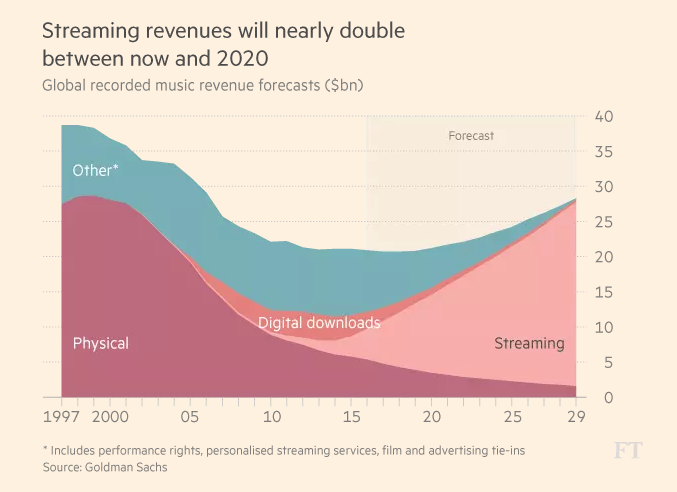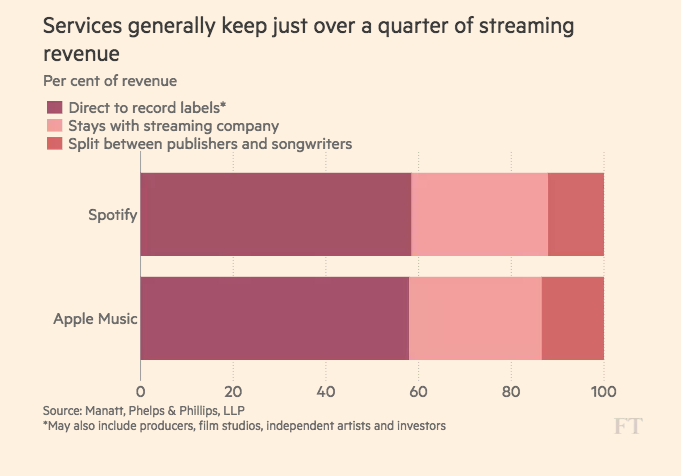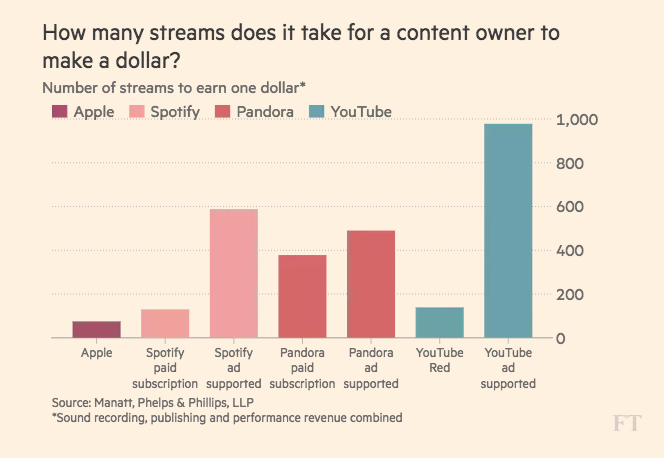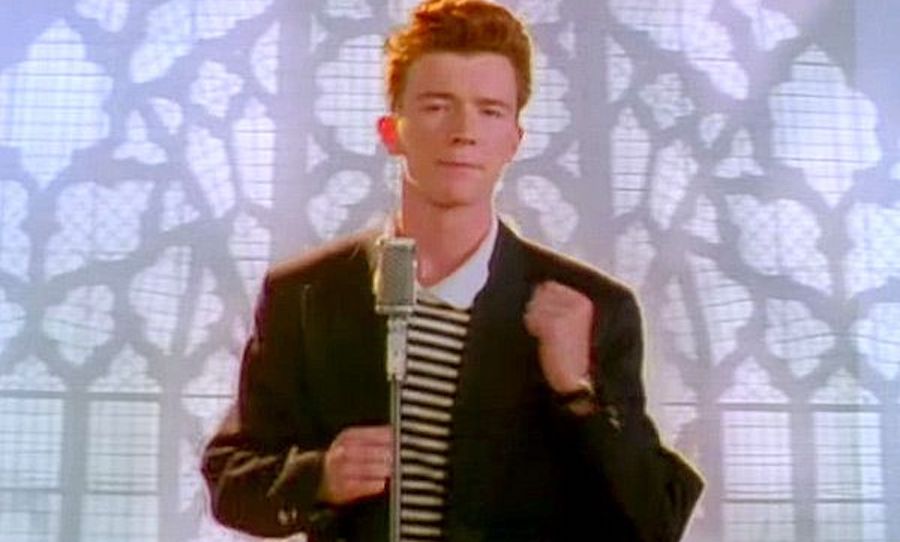With the final numbers from 2016 being crunched as we speak, it looks like the US music industry is set to record it’s second consecutive year of growth since 1999, the year Napster was birthed.
While publishers, businessmen and musicians alike have largely been apprehensive towards the changing world of streaming, it’s been the overwhelming success of the new model which has experts confidently predicting a new golden age.
A report from the Financial Times has highlighted that streaming is responsible for what could be a new golden age of music profit.
The data comes from a great report by the Financial Times released earlier today (warning: subscriber paywall). Among other things, it predicts a doubling of streaming profits by 2020, a diminishing of digital downloads and in general, a new age of streaming superiority.

The main reasons this monetary flip is predicted are firstly that the sheer number of plays have finally climbed high enough to offset the damage caused by diminished digital sales.
With Drake being streamed almost five billion times last year, the ad revenue generated starts to catch up.
Secondly the streaming model allows high-margin sales, meaning that while labels used to fork out huge amounts of money for the production and delivery of physical product, nowadays they are selling a file.

Moreover, streaming services like Spotify and Apple Music distribute the vast majority of their profits to record labels, publishers and songwriters, as seen above.
What was really interesting from the report though is the below figure; a direct comparison between each streaming service’s value for individual artists. Apparently Apple Music comes out just ahead of other paid services like Spotify Premium and Youtube Red.
Pandora seems to have tried to even the gap between paid and free users’ contribution to artists, while Youtube’s free, ad-supported partnership system seems pretty diabolical at face value.

Read the full report on the Financial Times.




